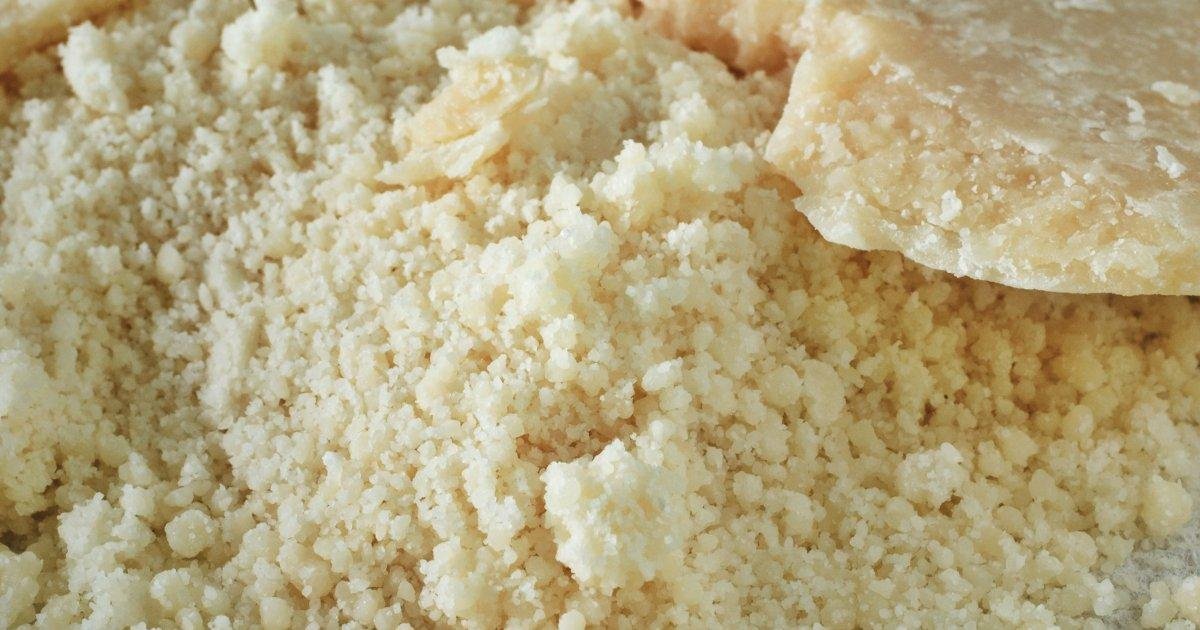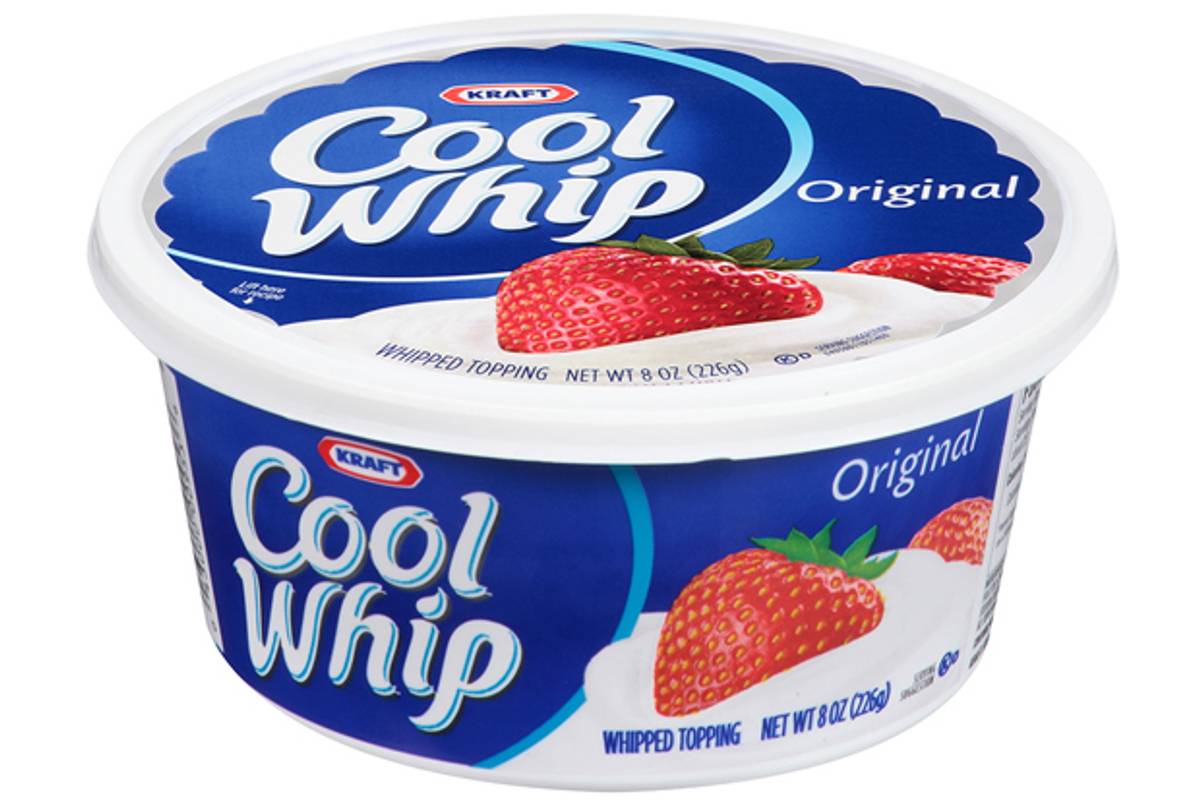Understanding the Difference Between Taco and Fajita Seasoning
When it comes to Mexican cuisine, the flavors and spices used play a crucial role in defining the taste of the dish. Two popular seasonings that are often used in Mexican cooking are taco seasoning and fajita seasoning. While both are used to add flavor to various dishes, there are some key differences between the two.
Taco Seasoning
Taco seasoning is a blend of spices that is specifically formulated to enhance the flavor of taco meat. It typically includes a combination of chili powder, cumin, paprika, garlic powder, onion powder, and cayenne pepper. These spices come together to create a bold and savory flavor profile that is synonymous with traditional tacos.
When using taco seasoning, it’s important to note that it can vary in terms of spiciness. Some blends may be milder, while others can pack a fiery punch. This allows for flexibility in catering to different taste preferences.
Fajita Seasoning
On the other hand, fajita seasoning is specifically designed to complement the flavors of grilled meats and vegetables typically used in fajitas. The key components of fajita seasoning often include cumin, paprika, garlic powder, onion powder, black pepper, and cayenne pepper. The emphasis here is on creating a slightly smoky and robust flavor profile that pairs well with the charred and caramelized notes from the grill.
Unlike taco seasoning, fajita seasoning tends to have a milder heat level, allowing the natural flavors of the grilled ingredients to shine through without overpowering them with spiciness.
Key Differences
While both taco and fajita seasoning share some common ingredients such as cumin, paprika, garlic powder, and onion powder, the main differences lie in their intended use and flavor profile:
- Taco seasoning is tailored for seasoning ground meat for tacos and tends to have a bolder and spicier flavor.
- Fajita seasoning is geared towards enhancing the flavors of grilled meats and vegetables, with a focus on creating a smoky and savory profile without overwhelming heat.
It’s important to keep these distinctions in mind when choosing between the two seasonings for your culinary creations. Understanding their unique characteristics can help you elevate the flavors of your Mexican-inspired dishes.
Conclusion
In summary, while both taco and fajita seasoning share some common ingredients, they are tailored for different culinary purposes and offer distinct flavor profiles. Whether you’re preparing classic tacos or sizzling fajitas, selecting the right seasoning can make all the difference in creating an authentic and delicious Mexican dining experience.
Next time you’re in the kitchen, consider the nuances of taco and fajita seasoning to take your Mexican cooking to the next level!
Was this page helpful?
Read Next: What Is A Crepe











